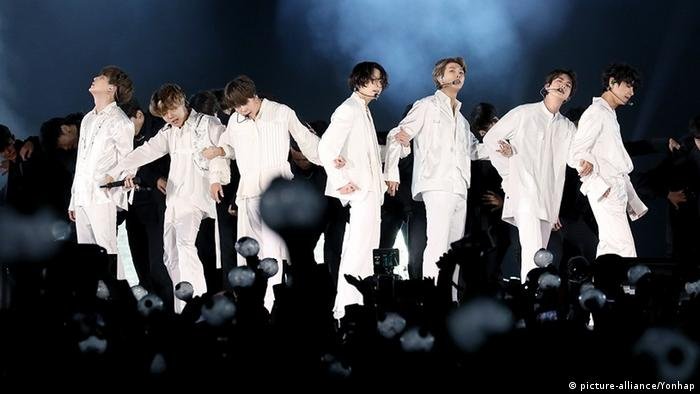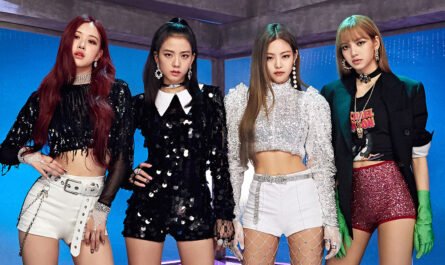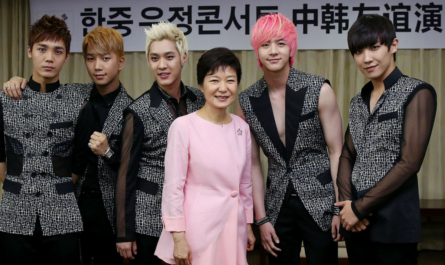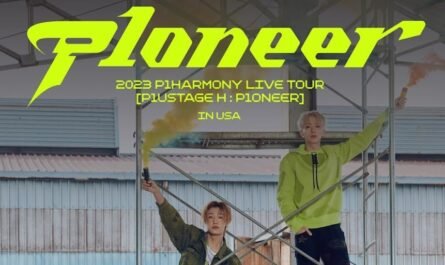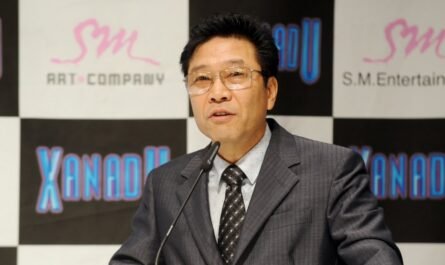The era of ‘Jamsil Dome Stadium’, a long-awaited project of the baseball world, is expected to open in 2026, four years later.
According to the Seoul Metropolitan Government, on the 14th, the plan to build Jamsil Baseball Stadium as an open type with a panoramic view of the Han River was initially pursued. Still recently, a report on the ‘Jamsil Private Investment Facility Plan’ with the construction of a dome stadium as the main focus was reported to Seoul Mayor Oh Se-hoon and others.
There is an expectation that Jamsil Dome Stadium can become a ‘landmark of Seoul’ in the background of the Seoul city taking out the once folded Jamsil Dome Stadium card. The opinion that it is necessary to build a dome stadium to enhance Seoul’s urban competitiveness and status has been constantly raised in various fields, including the sports world.
When Jamsil Dome Stadium is built, it can be used as a large-scale performance facility such as K-pop concerts on days when baseball games are not held. A consensus has also been formed in line with the K-pop craze that facilities are needed to keep large-scale performances of K-pop stars such as BTS and Black Pink. It is a model of Tokyo Dome Stadium, which is said to be a holy place for Japanese performances.
Jamsil Dome Stadium will be built with a capacity of 35,000 seats. Gocheok Sky Dome, the first domed baseball field in Korea, completed in 2015, has 16,000 seats, which is small to be called a representative domed stadium in Korea. Traffic conditions are also poor. The ‘Seoul Arena’, built-in Chang-dong, Dobong-gu, can accommodate 30,000 people, including standing, but it is not enough to hold a large-scale event.
Above all else, Jamsil Dome Stadium can maximize synergy effects by interlocking with the ‘Jamsil Sports and MICE Complex Space Creation Private Investment Project’ to be built on about 350,000 square meters around the Jamsil Sports Complex. As in the case of the Sydney Opera House built by the sea, a dome stadium located along the Han River can create significant tourism demand. In addition, exhibition and convention facilities, hotels, and commercial facilities are operated together, which can help revitalize the economy of the entire Seoul area and the Jamsil area. Mayor Oh, who promoted the construction of Dongdaemun Design Plaza (DDP) and Gocheok Dome in pursuit of ‘Design Seoul’, is also known to have great interest in the dome stadium.
The baseball community has also advocated for establishing Jamsil Dome Stadium to revitalize professional baseball and improve baseball stadium infrastructure. In particular, the new president of the Korea Baseball Organization (KBO), Huh Gu-Yeon, has emphasized the need to build a dome stadium to the extent that it is called ‘Giseungjeon Dome’ (the conclusion is the construction of a dome stadium, no matter what the story is).
The remaining procedure until the first shovel to build Jamsil Dome Stadium is consultation with the baseball world and construction companies. Based on the opinions of the KBO, Seoul plans to materialize the Seoul Smart Mys Park (leader Hanwha E&C) and Jamsil Dome Stadium, the preferred bidders for the ‘Jamsil Private Investment Project’. A KBO official said, “Consultation is ongoing with the Seoul Metropolitan Government at the working and high levels.”
However, regarding the location of the dome stadium, internal discussions are ongoing over the plan to build a new site on the northwest side of the main stadium where an open-type stadium was initially planned to be made, as well as to demolish the current Jamsil Baseball Stadium and rebuild it on its site.
The stumbling block is that it incurs additional costs. Constructing a dome stadium is between 400 billion won and 500 billion won, 2 to 2.5 times the construction cost of a regular stadium. According to the existing plan, if the construction cost of an open stadium is estimated at 200 billion won, most of the additional cost will have to be borne by the Seoul Metropolitan Government. Compared to general stadiums, domed stadiums have higher maintenance and management costs, such as heating and cooling, which may increase admission fees for baseball fields.

